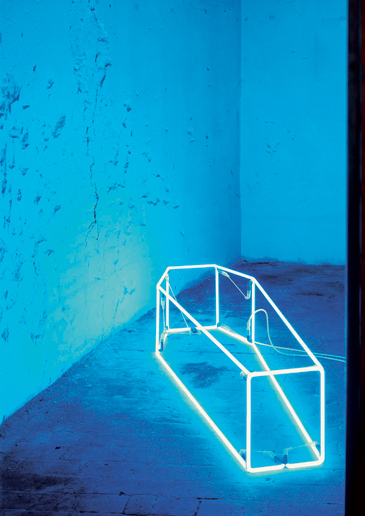Shortly after leaving school, during the gap before he went to art college, the young Damien Hirst met an elderly gentleman called Mr Barnes. Barnes was something of an eccentric, who spent much of his day scavenging the streets of Leeds for objects of all descriptions, which he stored in his home. One day he simply disappeared, and after a while Hirst and his friends broke into the house to see what had become of him. They never did find out, but they did discover the legacy of his peculiar hunter-gathering activities. They encountered room after room stacked high with the things that he had collected, bits of scrap and bric-a-brac, so densely packed into the spaces of the house that much of it was virtually unenterable.
Hirst himself is an inveterate collector and he has, it seems, always cherished the memory of the elusive Mr Barnes – even to the extent of seeing him as a kindred spirit. In an interview given to Hans Ulrich Obrist earlier this year, he recalls “that old guy … whose house was full of the things he’d collected. He influenced me quite heavily. I’m ending up like him on a big level; I’m buying all this stuff from all over the world and bringing it together in this house. I can’t wait to get things in there. I’ve been buying a lot of museum cabinets and things like that as well. Dracula. Ha, ha, ha!”
The house to which Hirst refers, his vampire’s retreat, is Toddington Manor, a Gothic pile in the Cotswolds which he recently purchased for £3 million, and on which he intends to spend another £10 million. His aim is to convert the place into a public museum for the display of his own work –...


